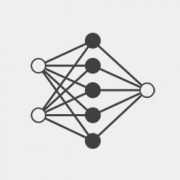This paper presents a dataset of agricultural pest images captured over five years by thousands of small holder farmers and farming extension workers across India. The dataset has been used to support a mobile application that relies on artificial intelligence to assist farmers with pest management decisions. Creation came from a mix of organised data collection, and from mobile application usage that was less controlled. This makes the dataset unique within the pest detection community, exhibiting a number of characteristics that place it closer to other non-agricultural objected detection datasets. This not only makes the dataset applicable to future pest management applications, it opens the door for a wide variety of other research agendas.
- April 2023
This paper presents a dataset of agricultural pest images captured over five years by thousands of small holder farmers and farming extension workers across …
Share




